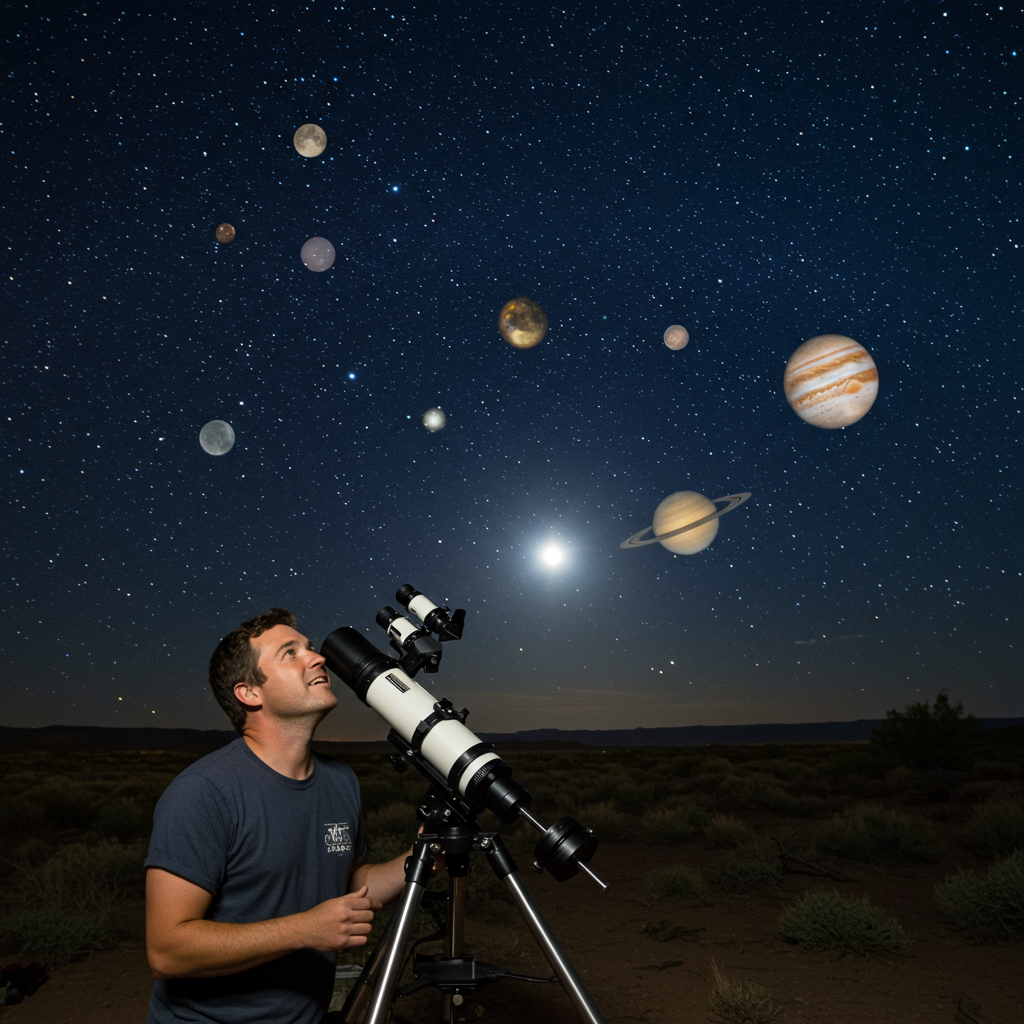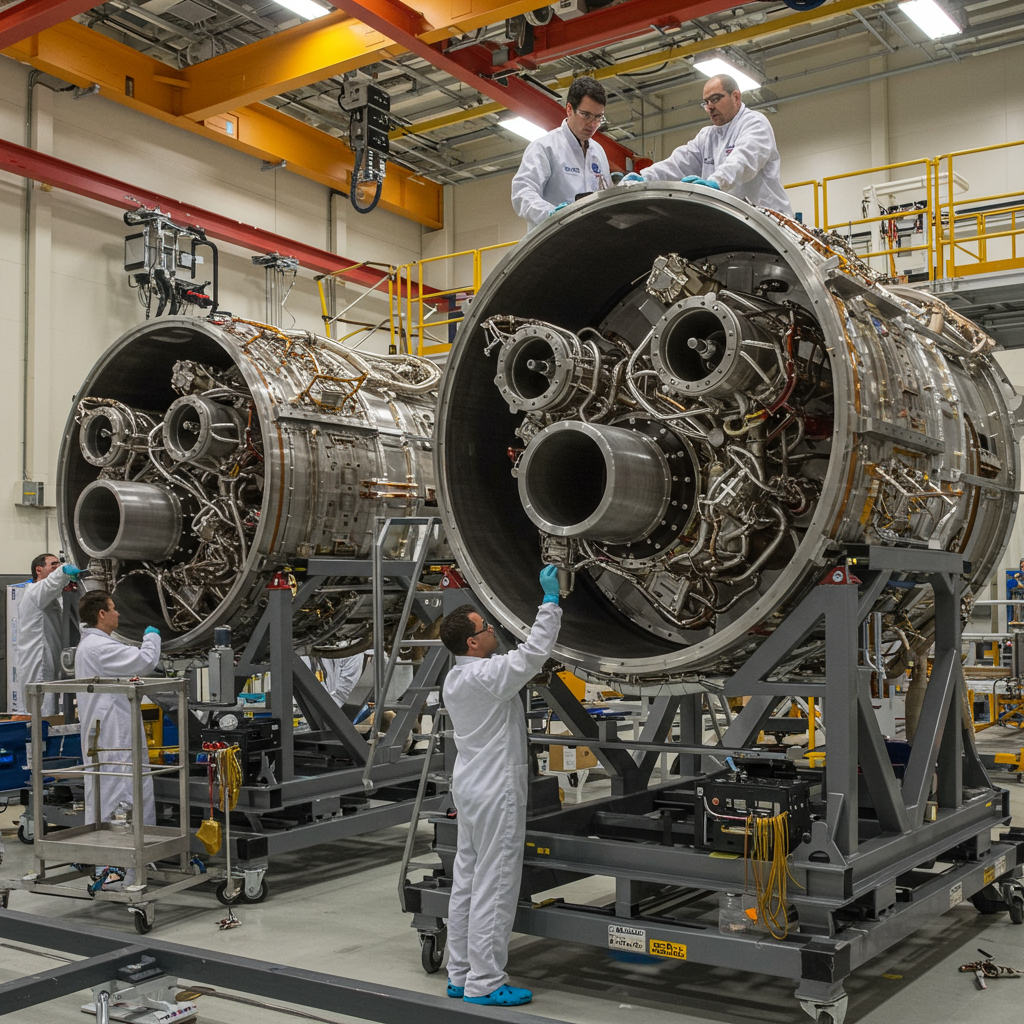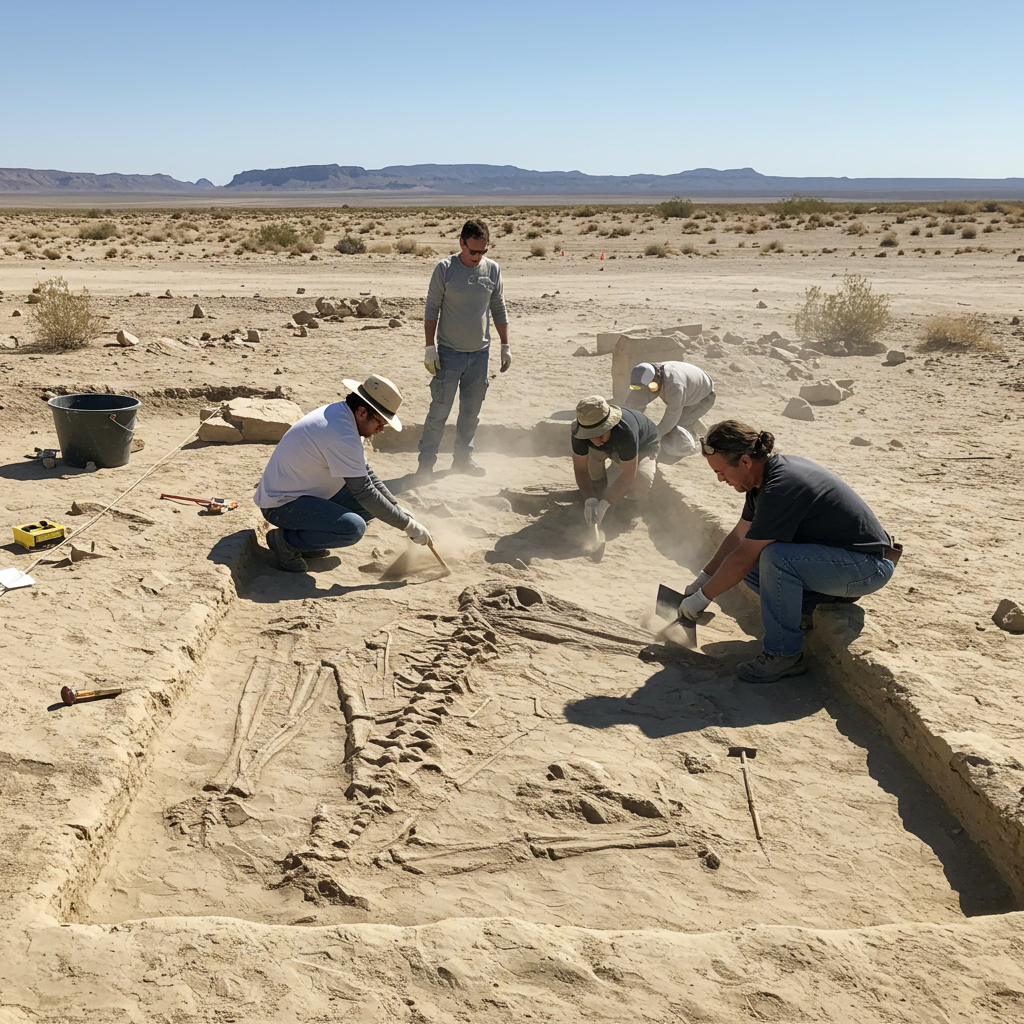July offers a spectacular display for stargazers, presenting a dynamic celestial landscape that changes throughout the month. Whether you’re an experienced astronomer or just starting out, the summer night sky provides ample opportunity to spot prominent planets, track the moon’s phases, and witness fascinating close encounters. This guide delves into what to expect, drawing insights from experts like Jon Spargo of the New Mexico Tech Astronomy Club, to help you navigate the constellations and locate key objects visible from many locations. Get ready to explore Mercury’s final evening show, track brilliant Venus, find Jupiter and Saturn in the morning, and catch several dazzling lunar conjunctions.
Your July Planet Guide
The positions and visibility of planets shift constantly as they orbit the sun and Earth moves along its own path. Here’s where to find the solar system’s major players in the July sky.
Mercury’s Final Evening Appearance
Start your month by catching Mercury low on the western horizon after sunset. The smallest planet reaches its greatest elongation—its widest separation from the sun in the evening sky—on July 3. At this point, it will be about 26 degrees east of the sun, shining at a magnitude of around +0.4. While relatively bright, finding Mercury always requires a clear view of the horizon shortly after twilight before it dips below view. Its visibility will decrease later in the month as it moves closer to the sun’s glare.
Jupiter Returns to the Morning Sky
After passing behind the sun (conjunction) in late June, Jupiter makes its grand reappearance in the early morning sky this July. Look towards the east-northeast horizon just before sunrise. While starting low, the gas giant will gain elevation throughout the month. Its visibility continues to improve, making it a significant target for pre-dawn observers by late July.
Brilliant Venus Shines in the Morning
Venus remains the undisputed “Morning Star” throughout July, dominating the pre-dawn sky with its incredible brilliance. Shining intensely at magnitude -4.1, it is easily the brightest object visible after the moon. Find this dazzling planet in the constellation of Taurus the Bull. Its brightness is so extreme that it might even overwhelm the nearby bright star Aldebaran, the eye of the Bull. Venus is an unmistakable beacon visible from virtually anywhere with a clear eastern view before dawn.
Saturn Ascends in the Morning
Saturn, with its iconic rings, continues its gradual climb higher into the early morning sky during July. The ringed planet will be a rewarding target for early risers, visible towards the east. Look for it well before sunrise. A notable event occurs mid-month, offering a fantastic viewing opportunity.
Mars Approaches Conjunction
Mars continues its steady descent towards the western horizon after sunset as it approaches its own conjunction with the sun. The Red Planet, shining at magnitude +1.4, will be visible low in the west as twilight deepens. Towards the end of the month, on July 30, Mars will have a close encounter with the bright star Spica in the constellation Virgo. They will appear separated by a mere 1.5 degrees, offering a nice visual pairing.
July Moon Phases and Celestial Meetups
Tracking the moon’s phases is a fundamental part of enjoying the night sky, and July offers several key dates and beautiful conjunctions (close appearances) with planets.
Here are the main lunar phases for the month:
First Quarter: July 2
Full Moon: July 10
Last Quarter: July 18
New Moon: July 24
Beyond the standard phases, the moon will stage several captivating meetups with planets throughout July.
Moon Meets Saturn
On the night of July 16, look towards the east around midnight. The moon, nearing its three-quarter phase and appearing bright, will rise with Saturn close by. The pair will be separated by approximately 2.5 degrees, making for a beautiful sight even with the naked eye or binoculars.
Moon Approaches Venus and Jupiter
The waning crescent moon offers two lovely encounters in the pre-dawn sky. On July 21, about 45 minutes before sunrise, scan the east-northeast horizon. The slim crescent moon will appear just above brilliant Venus. Two mornings later, on July 23, at the same time and direction, look for an even thinner crescent moon positioned slightly to the left of Jupiter. These pairings are ideal for viewing with binoculars.
Moon Passes Mars
Towards the end of the month, after the new moon, the young crescent moon makes an appearance near Mars. On July 28, about 45 minutes after sunset, look low in the west-southwest. The delicate new crescent moon will be visible just to the left of Mars. This is a great opportunity to spot the challenging young moon and locate the Red Planet simultaneously.
Earth at Aphelion: Farthest from the Sun
While not a visual event in the night sky, July includes a significant moment for our own planet’s orbit. On July 3 at 2 p.m. MDT, Earth reaches aphelion. This is the point in its elliptical orbit where Earth is farthest from the sun. The distance will be approximately 94,502,714 miles (152,087,376 kilometers).
Why Isn’t It Cold When Earth is Farthest from the Sun?
This astronomical fact often surprises people, especially those in the Northern Hemisphere where July is a summer month. The reason it’s warm in July despite being farthest from the sun is that Earth’s seasons are caused by its axial tilt, not its distance from the sun. During Northern Hemisphere summer, the Northern Hemisphere is tilted towards the sun, receiving more direct sunlight and longer days, which causes warmer temperatures. The slight variation in distance has a minimal effect compared to the angle of sunlight.
Preparing for Your July Stargazing
To make the most of these celestial events, find a location away from city lights for the best viewing conditions. Allow your eyes 15-20 minutes to adapt to the darkness. Binoculars can significantly enhance views of planets and moon features, and are particularly helpful for spotting Mercury or resolving close conjunctions. Familiarize yourself with the directions (east, west, north, south) and note the recommended viewing times relative to sunrise or sunset. Observing with others or checking local astronomy club events can also be a rewarding experience.
Frequently Asked Questions
Which planets are most visible in the July night sky?
In July, you have opportunities to see several planets. Look low in the west after sunset early in the month for Mercury. Brilliant Venus dominates the eastern sky before sunrise. Both Jupiter and Saturn are also visible in the early morning sky, appearing in the east. Mars remains visible low in the west after sunset throughout the month, though it is dimming.
When are the notable Moon-planet encounters happening in July?
Several close alignments between the Moon and planets occur in July. Look east around midnight on July 16 for the Moon near Saturn. In the pre-dawn eastern sky, the waning crescent Moon will be above Venus on July 21 and to the left of Jupiter on July 23. After sunset on July 28, look west-southwest for the new crescent Moon near Mars.
What does Earth’s aphelion mean for July temperatures?
Earth reaching aphelion (its farthest point from the sun) on July 3 doesn’t cause cooler temperatures in the Northern Hemisphere summer. Seasons are primarily determined by Earth’s axial tilt. In July, the Northern Hemisphere is tilted towards the sun, resulting in direct sunlight and warmer weather, overriding the minor effect of being slightly farther away.
Conclusion
July offers a diverse and accessible lineup of celestial events, from bright planets gracing both morning and evening skies to captivating lunar conjunctions. Paying attention to the specific dates, times, and directions provided in this guide, drawing on expert knowledge, will help you easily locate these cosmic highlights. Whether you’re watching Mercury’s fleeting appearance or marveling at the proximity of the moon and a planet, stepping outside to observe the July skies is a perfect way to connect with the vastness of the universe. Keep looking up!




